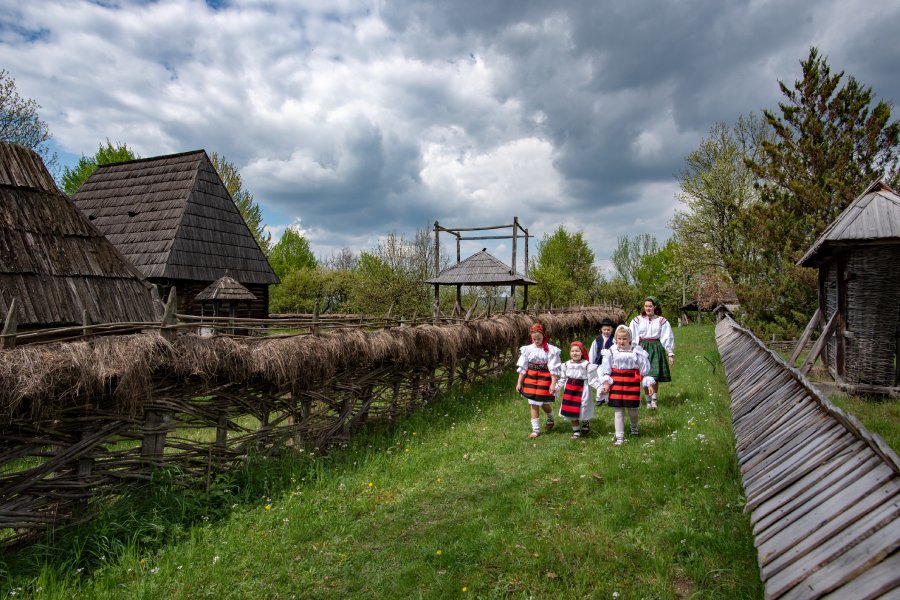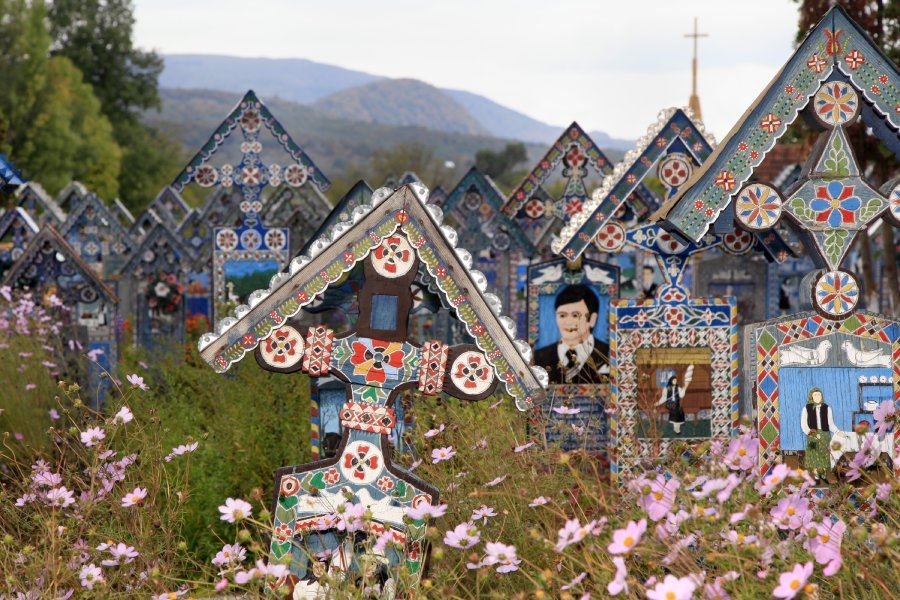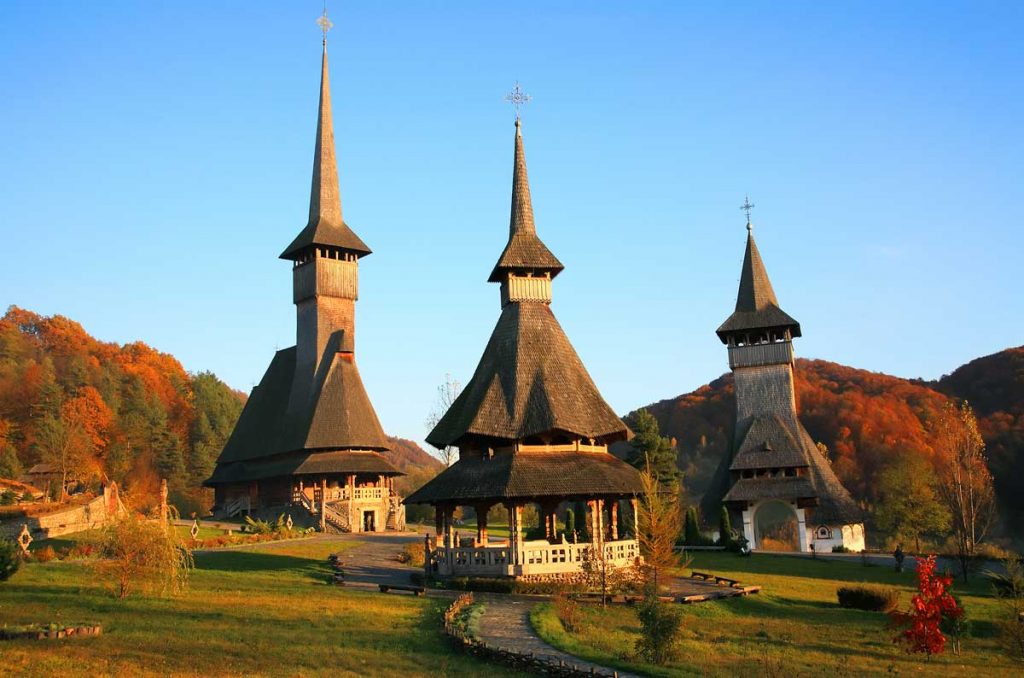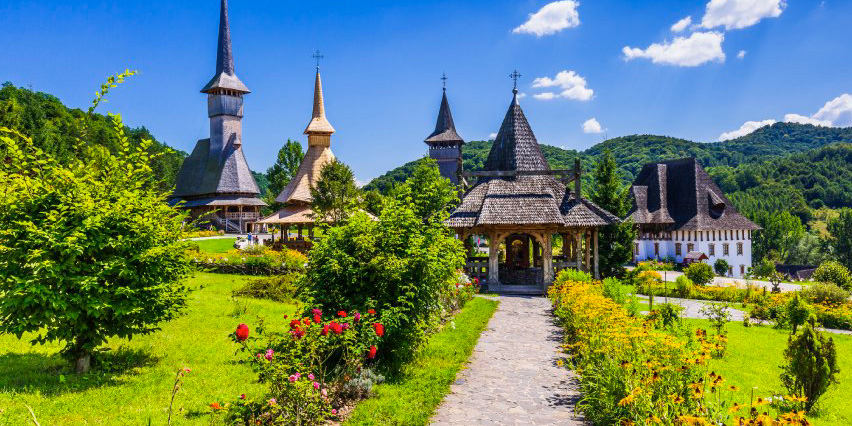Maramures County is one of the most beautiful and most visited places in Romania. It sits on the northern side of the country, near the border with Ukraine and is surrounded by Satu Mare, Sălaj and Bistriţa Năsăud counties.
If you love spending time in nature, you will surely enjoy the breath-taking views of Maramures: beautiful mountains and valleys, more than 30 protected natural areas, smooth meadows covered with grass during summer and snow in winter. The crystal clear waters stretched across the region mirror the amazing mountains with their evergreen forests.
What makes Maramures a unique place?
Regardless of the season you decide to visit Maramures, this place has its magic and special charm. You will find yourself in the middle of pure nature and lost in a daydream.
The beautiful landscapes offer great opportunities for recreation and relaxation. For those who like to explore and experience the natural environment, trips can be taken both to the valleys of the waters and to the mountains.
Tourists will be delighted to learn that Maramureş has a complex network of marked forest paths with wonderful views of villages and incredible landscapes: small lakes, waterfalls, caves, nature reserves, rare fauna.
Keeping the tradition alive

Maramures is a land where deep traditions, landscapes and fascinating heritage come together as one. You will be amazed to discover the rich folk traditions and customs that have survived over the centuries, not being altered by the influences of modern times.
Traditional rural life is well preserved. Local people keep their traditions alive, so many of the cultural events are still part of everyday life.
Discover the magic of this place
Here, a list of popular tourist attractions worth a visit:
The Merry Cemetery in Maramures

The Merry Cemetery from Sapanta village is one of the best known places in Romania. The cemetery is famous for its tombstones and wooden crosses having bright colours. Besides beautiful painted sculptures, short descriptions (epitaphs) are carved on the wooden crosses and describe in a funny way the personal or professional life of the villagers buried here.
It is said that local artist Stan Ioan Patras sculpted the first tombstone cross in 1935, at the suggestion of the Greek Catholic priest Grigore Ritiu. It is believed that he was inspired by the Dacian culture, in which death was considered a merry event and the immortality of the soul was celebrated.
Altogether, more than 800 such original crosses, handcrafted from oak wood can be admired in the Merry Cemetery of Sapanta. Thanks to these unique pieces, the cemetery has become a true open air museum that attracts thousands of tourists each year.
The Wooden Chruch of Barsana

The wooden church of Barsana and Barsana Monastery are two places of worship visited by many tourists who come to Maramures.
Dedicated to the Virgin Mary, the wooden church of Barsana is one of eight Wooden Churches of Maramureș listed as a UNESCO World Heritage Site. Also known as the Church of the Presentation of the Virgin in the Temple, it dates back to 1711. After being moved several times, it is located now on Jbar Hill.
The church has a collection of icons painted on glass, very well preserved, that can best be seen both in the altar and the nave. Old religious books can be found here.
Barsana Monastery, also a wooden constructions complex, is situated on Iza Valley. The monastery has preserved the architectural style specific to the places of worship in this area.
Prislop Pass
Did you know that Prislop Pass is the highest passage in the Eastern Carpathians? The passage connects two historical regions: Maramures and Bucovina. Dare to climb 1416 meters (its altitude) and travel almost 50 kilometers. On the top of the mountain, the view is amazing. Here you will discover the Prislop Monastery, a 16th-century monastery watching over the mountain.
Rodna Mountains National Park
The Rodna Mountains National Park is a natural protected area in the administrative territory of tree counties: Bistrita-Nasaud, Suceava and Maramures. It is one of the major attractions in the region.
Covered by glaciers during the last ice age, the place bears the mark of glacial erosion everywhere: glacial valleys and glacial lakes, such as Buhaescu Lake, Lala Mare Lake – the biggest glacial lake in Rodnei Mountains, Iezer Lake – located on Pietrosu peak at an altitude of 1825 meters.
The Blue Cave of the Iza river in the Rodna Mountains is spectacular, being an important place, explored by many speleologists in the country.
Travel tips: A map of the national park will be very helpful. Make sure you buy one before you start your adventure in one of the largest and protected areas in Romania. Some of the routes are considered dangerous during winter, so check the status of the trail as some of routes can be closed.
Sighet Memorial Museum
The former prison in Sighetu Marmatiei, where more than 100 Romanian dignitaries were tortured during the interwar period, was restored and converted into Sighet Memorial Museum. The prison cells became a museum and display today a page in the history of Communist Romania.
The Rooster’s Crest
The best way to relax on the weekend is to plan a trip to Rooster’s Crest. The crest of Gutai Mountains is an amazing attraction. It is a red rocky formation that resembles a gigantic rooster crest. If you reach to Gutai Pass at 1428 meters high, you cannot miss it.
A surface of 50 hectares surrounding the ridge has been declared protected area. Here you will find a well-preserved habitat for rare species (the mountain eagle, the Carpathian stag) and you can eat fresh and delicious blueberries.
